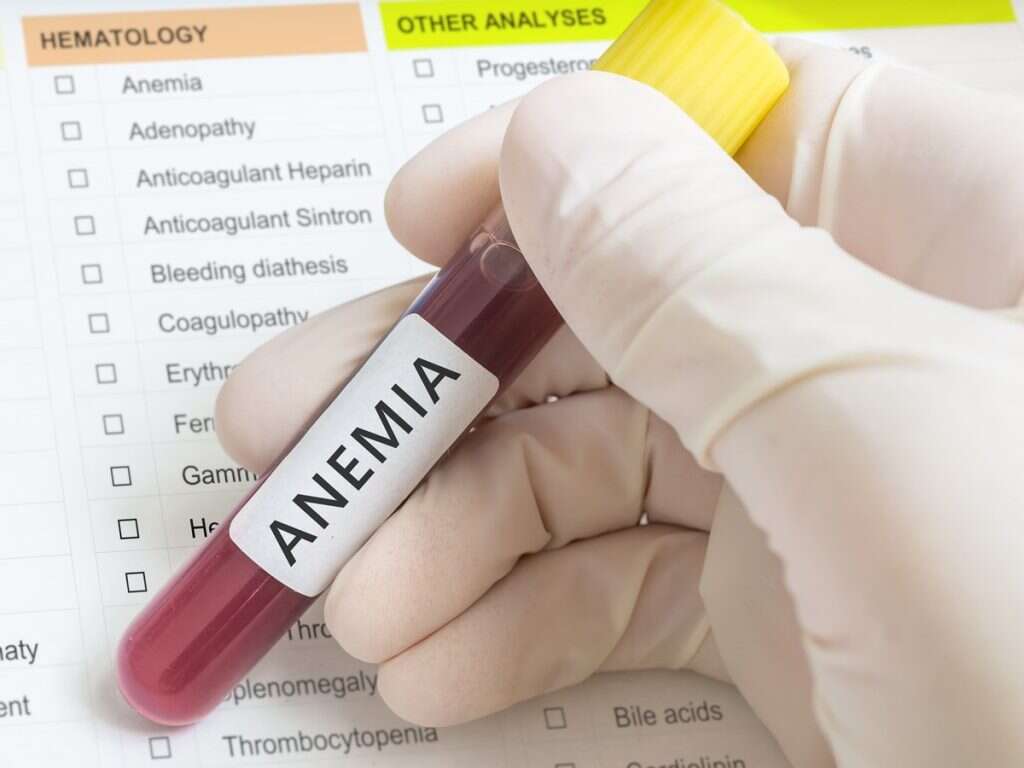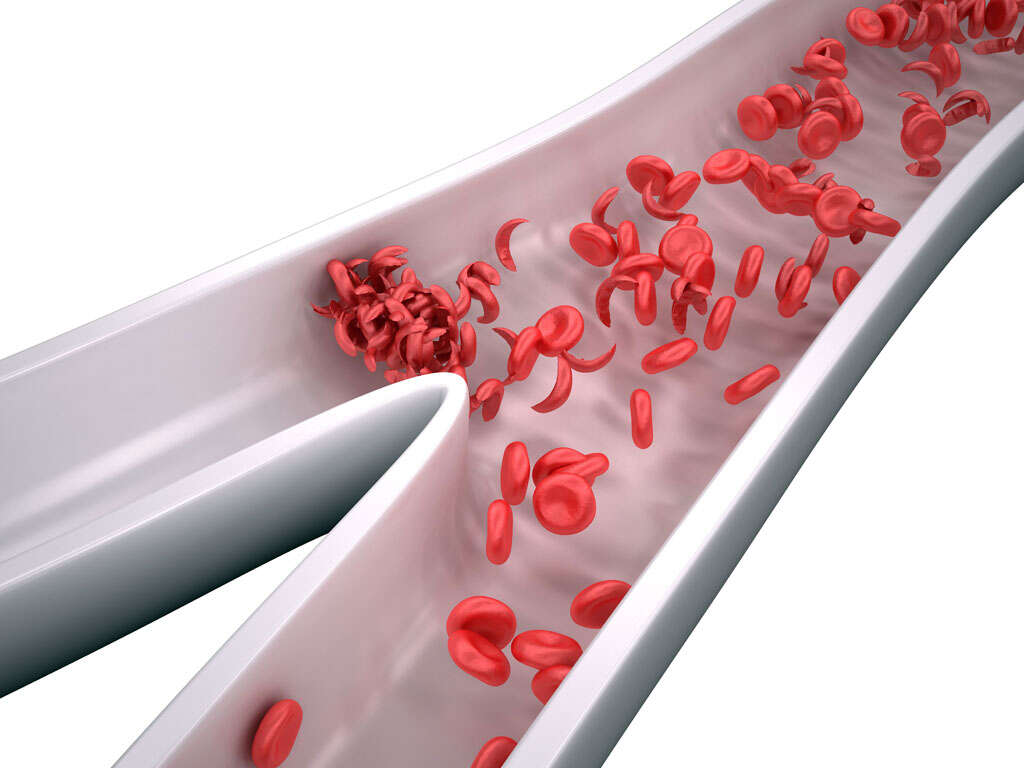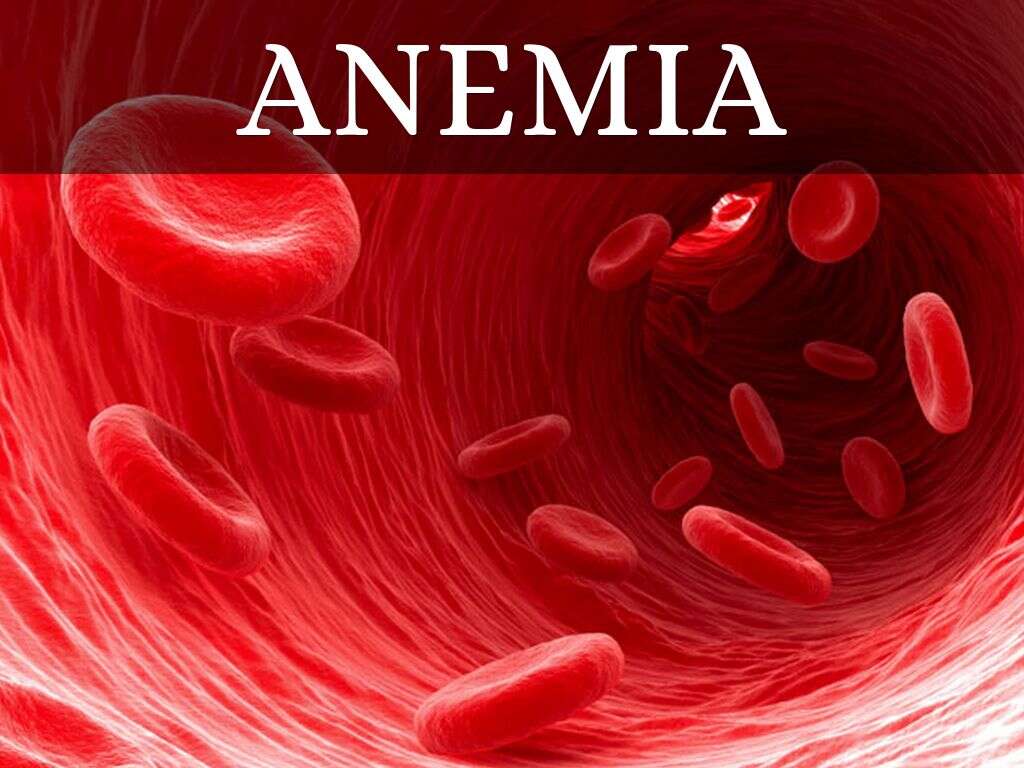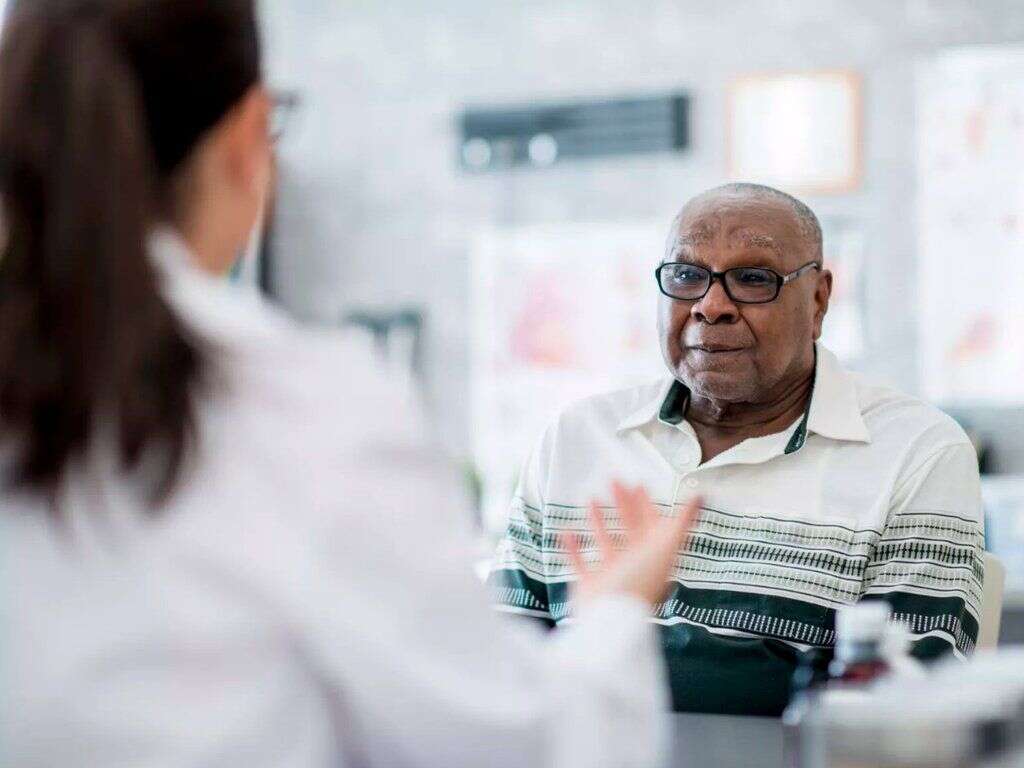What Is Moyamoya Disease?
Our brains use more oxygen than any other organ, and they use around 20% of all of our oxygen intake. It needs this oxygen to help generate energy, and the brain needs to use a lot of energy. It is essential that this oxygen continues to be supplied, and this means a circulatory system that is in good working order.
Some people, however, will develop conditions that affect the flow of blood to their brain, and this has the potential to be very dangerous. One example of such a condition is moyamoya disease. Here’s a closer look at what the disease is, what causes it, and how it can affect the lives of the people who have moyamoya.
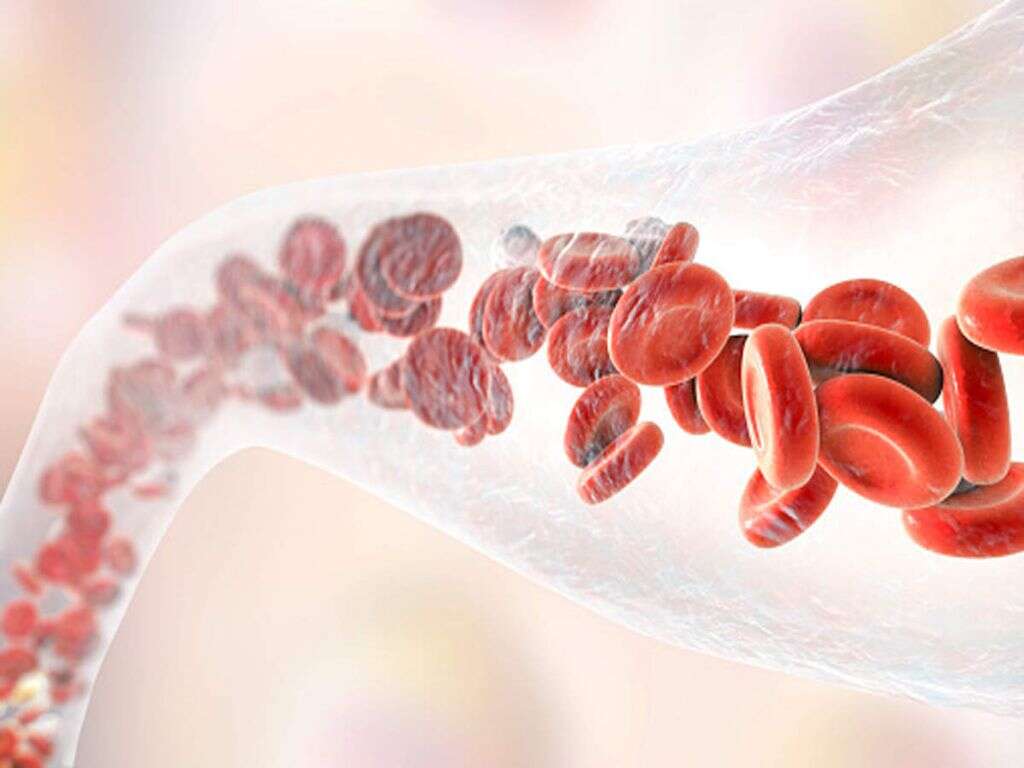
1. Moyamoya Disease
Moyamoya disease condition that affects the carotid artery, which helps to provide a constant supply of fresh blood to the brain. The condition causes this artery to become narrower or blocked altogether, thus impending the flow of blood. Other blood vessels will then develop at the base of the brain to try and compensate.
The condition is a rare one, but it is more common in the East, which is possibly due to genetic reasons. It can affect people of all ages but it is most commonly found in children. The condition has the potential to be dangerous as it will result in a stroke in many cases, including transient ischemic attacks.

2. Causes
It is not understood what causes moyamoya. However, that it tends to be found in certain parts of the world suggests that the cause lies in genetics. It is most likely to be found in people in China, Japan, and Korea. Moyamoya has also been linked with some other medical conditions.
One condition associated with moyamoya is Down’s syndrome; a well-known condition that causes physical and mental development issues. Another is sickle cell anemia, which affects the red blood cells, and hyperthyroidism, which causes the thyroid gland to release more hormones than usual. Neurofibromatosis type 1, which causes tumors to grow on nerves, is also linked with moyamoya.
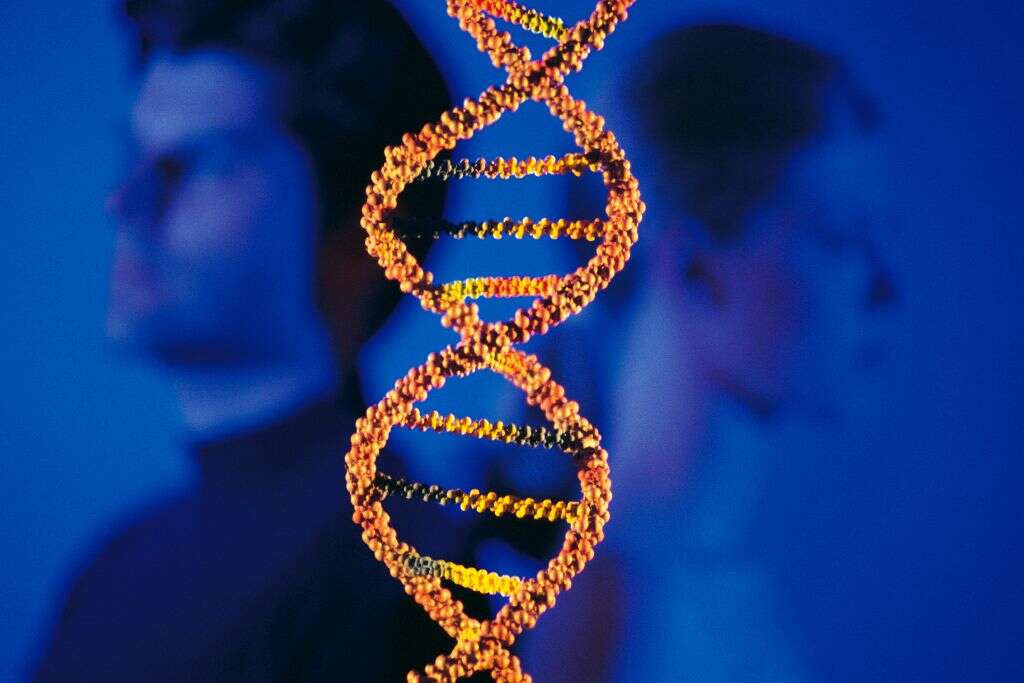
3. Transient Ischemic Attack
As mentioned, moyamoya disease can result in a transient ischemic attack, which is also known as a mini stroke. This happens when the flow of blood to the blood is impeded to the point where the brain does not get the volume of blood it needs. A Transient ischemic attack is usually the first symptom of moyamoya disease to show.
This symptom will often be recurring, and the symptoms are very similar to that of a standard stroke. The damage is not usually permanent, though, with the patient usually making a full recovery. However, the condition is a clear sign that the patient is at a high risk of experiencing a full-blown stroke.
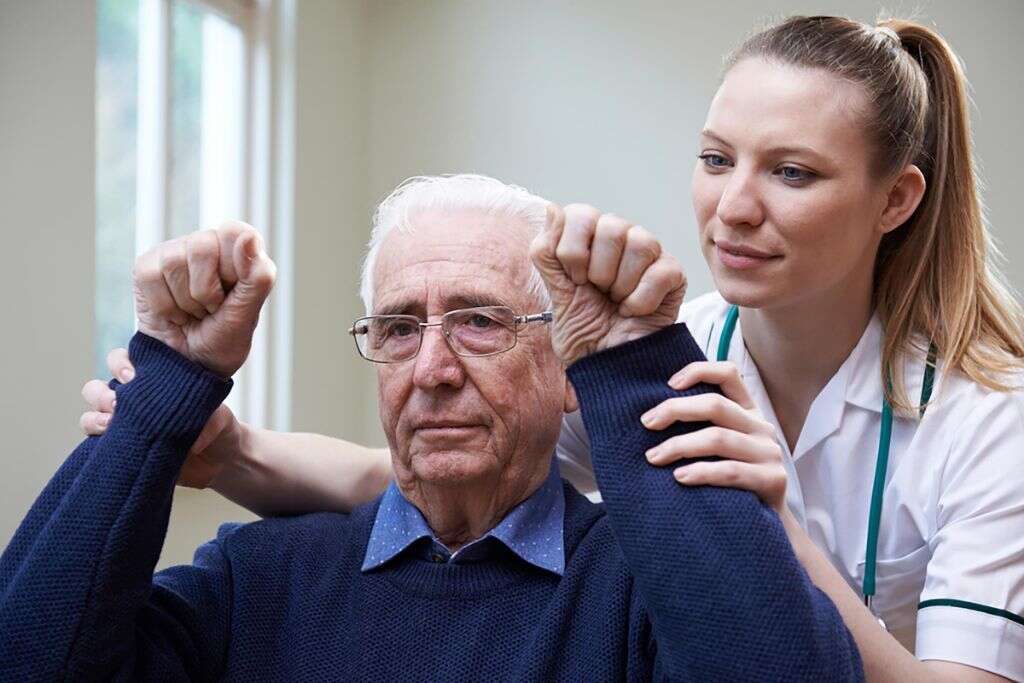
4. Hemorrhagic Stroke
Adults with moyamoya disease can also experience transient ischemic attacks. In addition, they can also experience a hemorrhagic stroke, which means there is bleeding on the brain. This condition has the potential to be rather more serious than a mini stroke.
In cases of moyamoya disease, a hemorrhagic stroke will occur due to the formation of abnormal blood vessels in the brain. The blood vessels are relatively easy to rupture, causing blood to leak out and into the brain tissue itself. It is a life-threatening condition, and it pays to know the symptoms to help ensure the patient gets immediate medical attention.
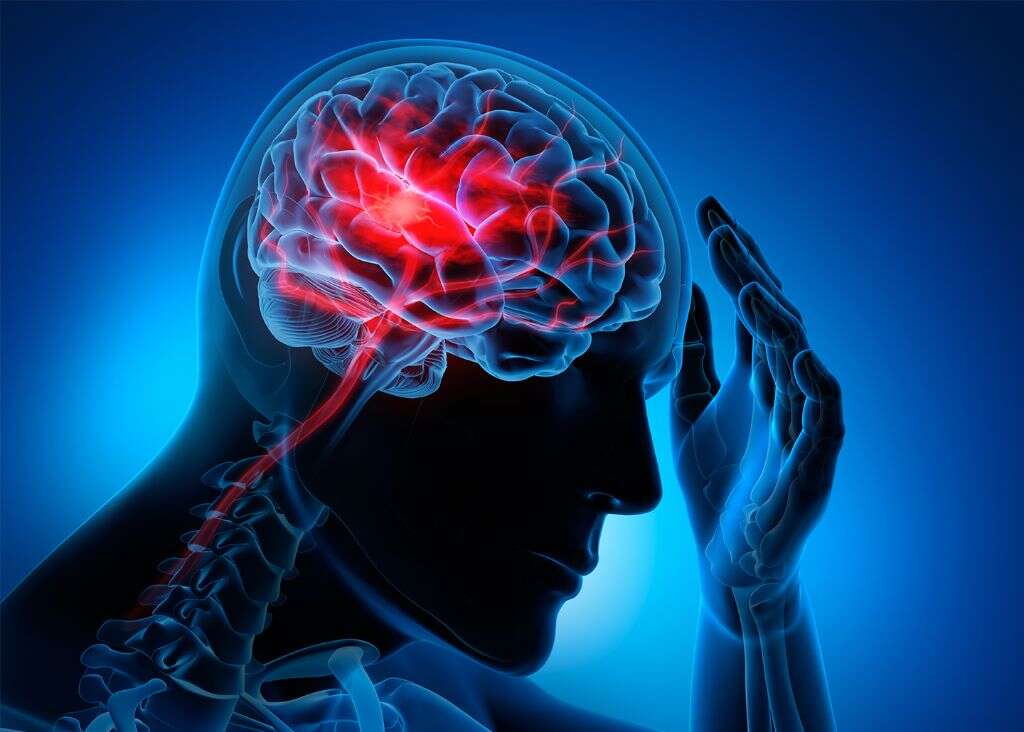
5. FAST
A stroke is a very serious condition indeed. Although a mini stroke is unlikely to cause permanent damage, the symptoms are similar to a full stroke, so it would not be wise to treat the symptoms lightly. Remembering FAST can help people to remember the signs of a stroke, hopefully prompting them to get help.
‘F’ stands for face, meaning you should check to see if the patient’s face is drooping. ‘A’ stands for arms, meaning you should check to see if the patient is able to raise both of their arms. The ‘S’ is for speech, and you should check to see if the patient is able to speak without slurring their words. The ‘T’ is for time – meaning that you have to act immediately and call an ambulance.
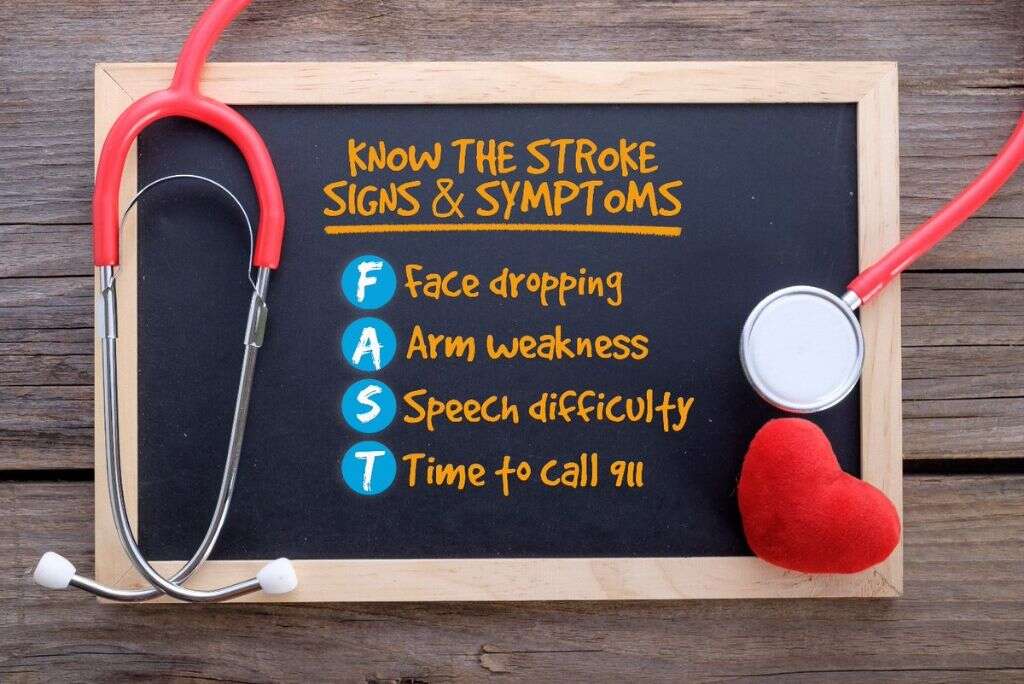
6. Who’s At Risk
Because little is known about moyamoya, it is difficult to say who is at risk. However, people of Asian descent are more likely to have the condition than other people are. It affects Asian people living in other parts of the world just as frequently as it does to Asians living in Asia.
People are also at a considerably higher chance of having the disease if there is a history of it in the family. It is also more common in females, and in children younger than 15 years old. As mentioned, people with certain medical conditions are also more likely to have the disease.

7. Complications
Moyamoya can lead to strokes, and strokes can lead to a number of complications. Depending on the severity of the stroke, the complications can be serious. In the more serious cases, a stroke can even result in death. For those that survive, some patients will experience movement disorders that cause then to move involuntarily.
A stroke will also cause problems with vision in some people, and parts of the body can also become paralyzed. The patient’s mental abilities can also suffer, and the patient may also have difficulties speaking. Children that have had strokes will also often have learning difficulties.
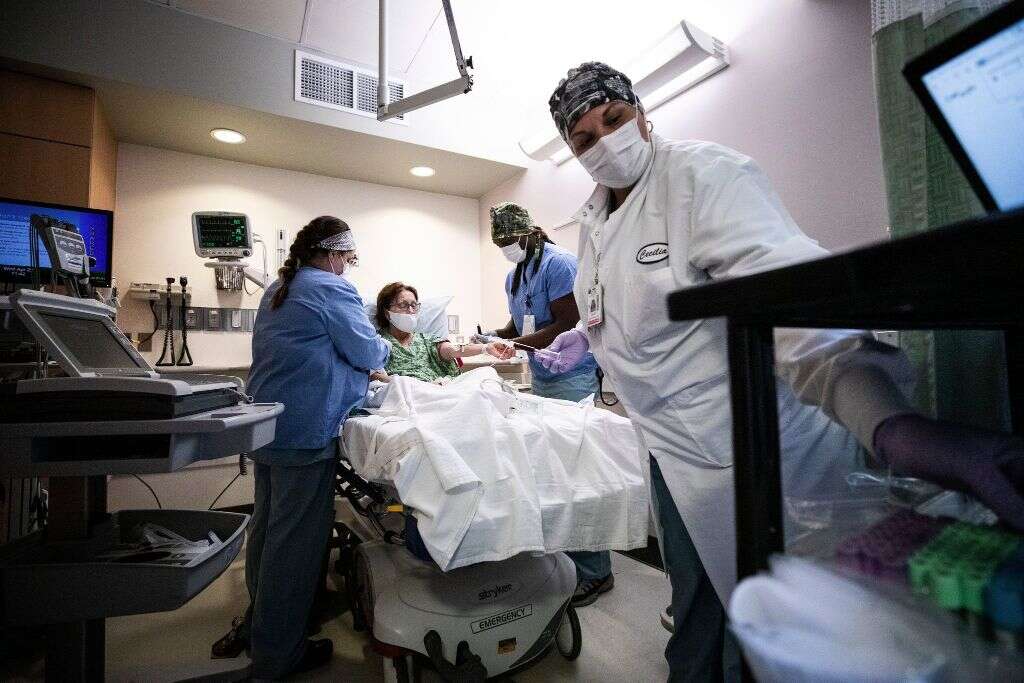
8. Diagnosis
To diagnose moyamoya, the doctor is likely to ask about your symptoms and about your medical history. They will also likely ask if there is a history of the condition or similar in your family. Tests will need to be performed in order to reach a confirmed diagnosis.
Various imaging techniques can be used to help generate images of the patient’s brain and, more pertinently, the structure of the blood vessels feeding the brain. These include techniques like X-rays, CT scans, and MRIs. Transcranial doppler ultrasound can also be used to get a better picture of the blood vessels in the brain, and an EEG can be used to measure electrical activity in the brain.
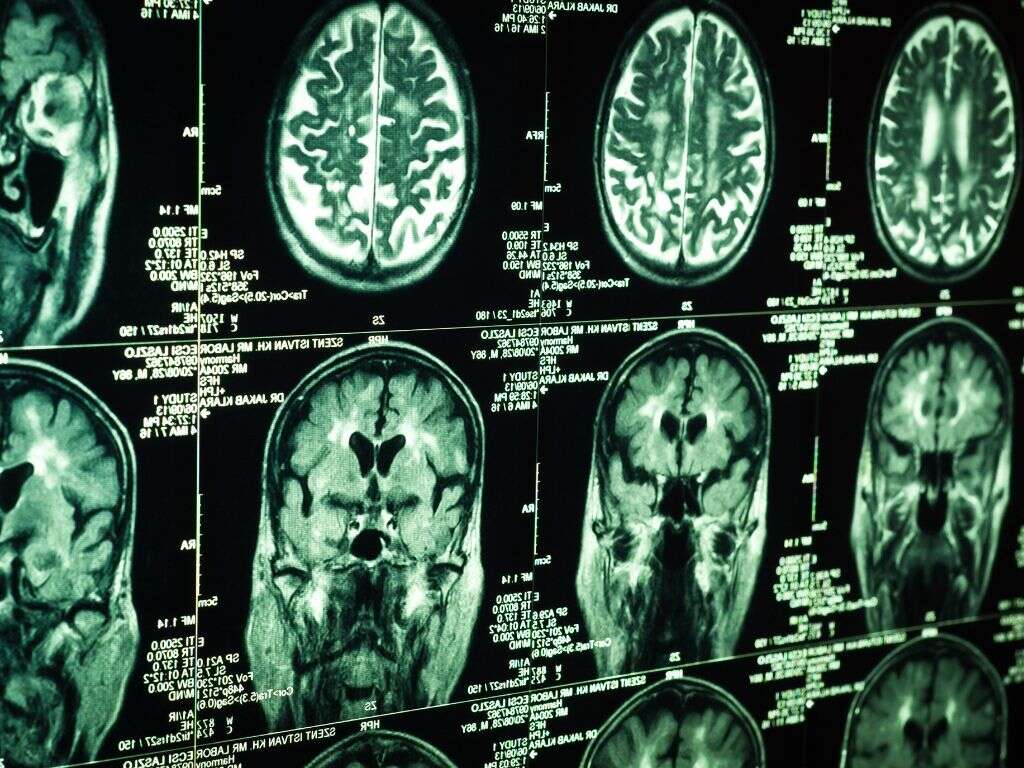
9. Treatment
A range of medication will often be used to help limit the likeliness that a stroke will occur. These include blood thinners that will help to ensure the blood keeps on flowing. Anti-seizure medication will also be used depending on the specifics of each case.
In many cases, surgery may also be deemed necessary. This includes surgery that will help to bypass affected arteries to help ensure the flow of blood to the brain is not impeded. Other procedures can be formed that will help to encourage the growth of further blood vessels feeding the brain. Other procedures are also available, and the preferred option will depend on a number of factors.

10. Therapy
The damage caused by a stroke will often be permanent, leaving the patient with disabilities and other complications for the rest of their life. However, therapy is available that can help to restore some of the patient’s functions. For example, physical therapy can help to restore muscle strength and help give the patient some control back over their bodies.
Occupational therapy is also available that can help the patient be able to perform various tasks alone again. This can help to reduce their dependence on other people. Therapy is also available to help people deal with the emotional and psychological aspects of living with impaired abilities.





